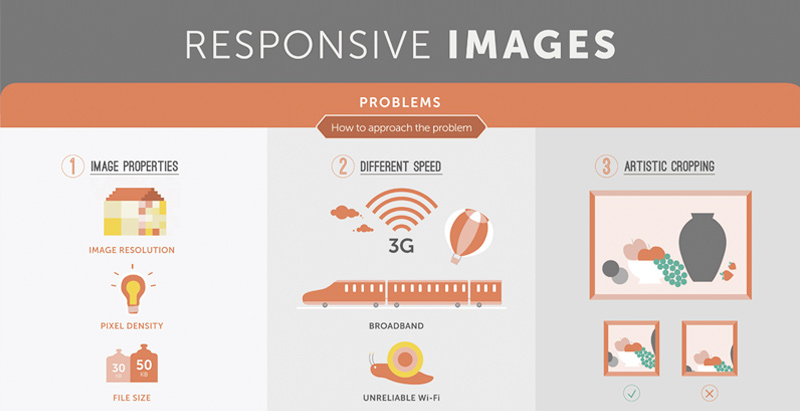Using The Power Of Visual Power Structure In Website Design
Using The Power Of Visual Power Structure In Website Design
Blog Article
Author-Wiley Henderson
Think of a site where every aspect competes for your focus, leaving you feeling bewildered and unclear of where to concentrate.
Now image a website where each element is carefully organized, guiding your eyes easily with the web page, offering a seamless individual experience.
The distinction lies in the power of aesthetic hierarchy in site layout. By strategically arranging and focusing on aspects on a page, developers can create a clear and intuitive path for individuals to follow, inevitably enhancing engagement and driving conversions.
But how exactly can you harness this power? Join us as we discover the principles and strategies behind efficient aesthetic pecking order, and find how you can boost your site design to brand-new elevations.
Recognizing Visual Power Structure in Website Design
To efficiently convey details and overview individuals via a web site, it's critical to understand the idea of aesthetic power structure in web design.
Aesthetic hierarchy refers to the arrangement and organization of elements on a page to stress their relevance and create a clear and instinctive user experience. By establishing a clear aesthetic pecking order, you can direct users' focus to one of the most crucial info or actions on the web page, improving use and interaction.
This can be attained via different layout methods, consisting of the strategic use of size, shade, comparison, and placement of aspects. For example, larger and bolder components usually bring in even more focus, while contrasting shades can create visual comparison and draw focus.
Concepts for Efficient Aesthetic Power Structure
Recognizing the concepts for reliable aesthetic pecking order is vital in producing an user-friendly and interesting site style. By complying with these principles, you can ensure that your web site efficiently connects information to users and guides their attention to one of the most crucial aspects.
One principle is to utilize size and scale to develop a clear aesthetic power structure. By making vital components bigger and a lot more prominent, you can accentuate them and guide individuals through the material.
Another principle is to use contrast efficiently. By using contrasting shades, font styles, and forms, you can develop visual distinction and emphasize vital info.
Furthermore, check out this site of proximity suggests that related elements should be grouped with each other to visually link them and make the web site more arranged and simple to navigate.
Implementing Visual Power Structure in Site Design
To apply visual hierarchy in web site design, prioritize vital components by readjusting their dimension, shade, and setting on the web page.
By making crucial elements larger and extra famous, they'll naturally attract the user's attention.
Use contrasting colors to create aesthetic contrast and emphasize crucial details. As an example, you can make use of a bold or dynamic shade for headlines or call-to-action switches.
In addition, think about the placement of each component on the web page. Place essential components on top or in the center, as users often tend to focus on these locations initially.
Conclusion
So, there you have it. Visual hierarchy resembles the conductor of a symphony, assisting your eyes with the internet site style with skill and panache.
It's the secret sauce that makes a web site pop and sizzle. Without please click the following internet page , your layout is simply a jumbled mess of arbitrary components.
Yet with aesthetic hierarchy, you can produce a work of art that orders attention, communicates properly, and leaves a long-term perception.
So leave, website content developer , and harness the power of visual power structure in your website style. try this site will thanks.
